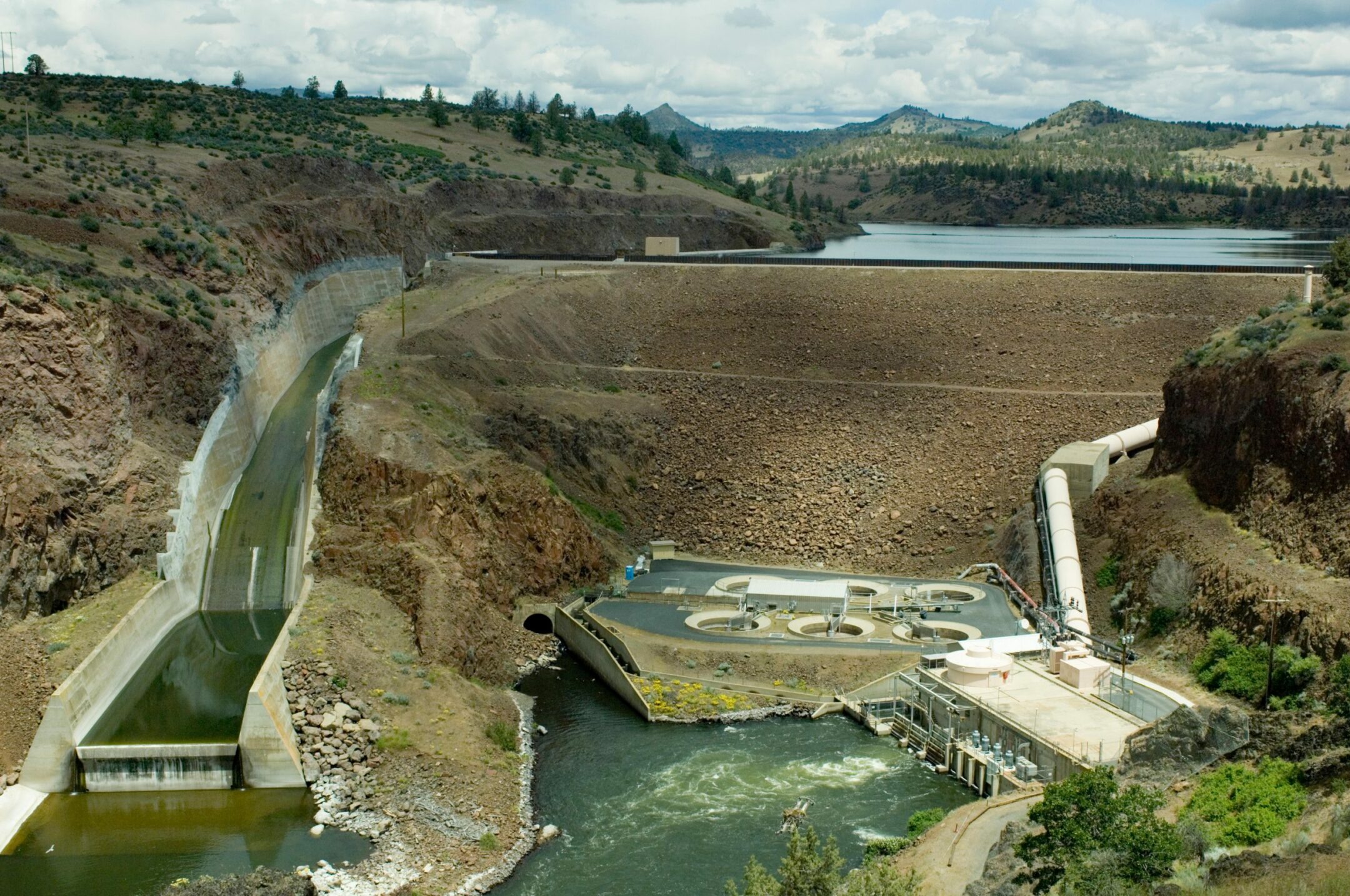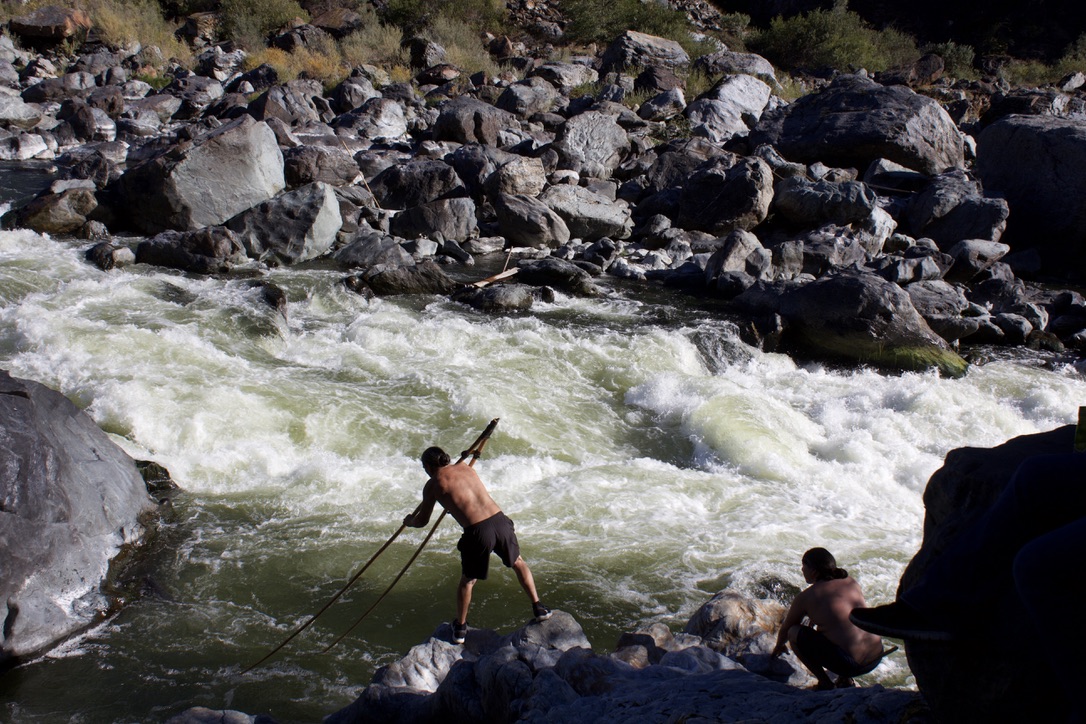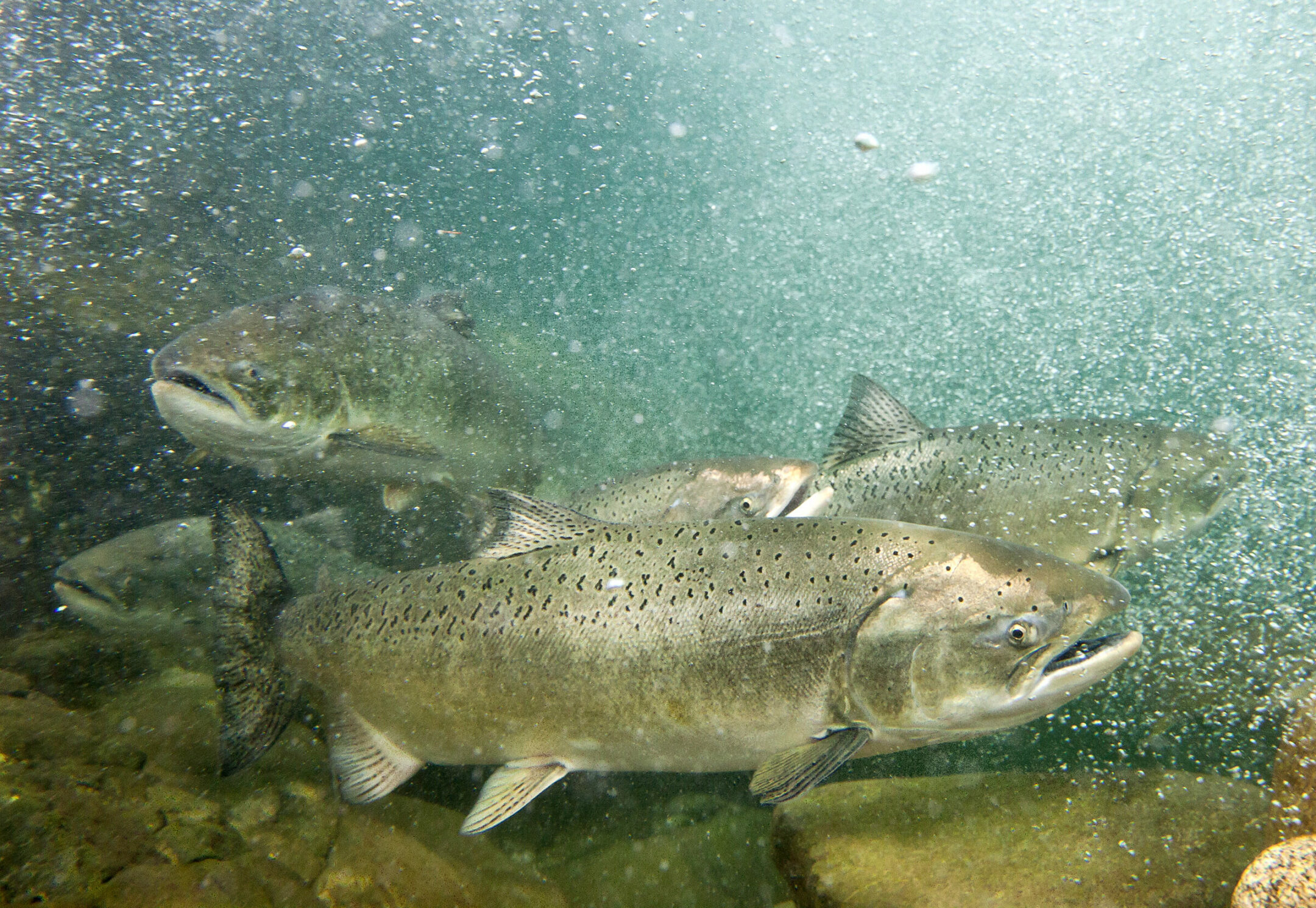The State’s Fish and Wildlife Commission unanimously approves Endangered Species protections for Upper Klamath-Trinity spring Chinook.
On June 16, the California Fish and Game Commission voted unanimously to add Upper Klamath-Trinity spring Chinook to the state’s Endangered Species List.
The decision marks a major win in a long campaign to protect some of these watersheds’ most prized but embattled wild fish runs. It comes in response to an August 2018 petition jointly filed by the Karuk Tribe and the Salmon River Restoration Council.
“The commissioners listened to Indigenous knowledge and the best available science,” says Wild Salmon Center Science Director Dr. Matt Sloat, who testified in favor of the petition. “This is a huge step forward in the fight to recover these fish.”

The state commissioners’ decision, which comes ahead of a long-anticipated federal ruling on ESA listing for Klamath-Trinity springers, adds protections for these imperiled populations and will unlock new funds for critical habitat restoration.
Spring Chinook once numbered in the hundreds of thousands in the Upper Klamath and Trinity Rivers, prior to an influx of mining, development, and dam building. (Four aging Klamath dams are scheduled for removal in 2023—the result of another long, hard-fought campaign led by Tribes, conservation groups, and other allies.) In 2020, SRRC’s annual salmon count recorded just 106 returning springers on the Salmon River, the last Klamath tributary with a viable spring Chinook run.
The state ESA listing reflects the paradigm-shifting insights found in the work of Drs. Tasha Thompson and Mike Miller, who found that a gene sequence that distinguishes spring Chinook from their fall-run cousins is responsible for springers’ unique behavior: driving them to return to freshwater early enough each year to hopscotch up rivers still swollen by rain and snowmelt. This early migration enables springers to claim exclusive spawning habitat high in watersheds.
“The new genetics work fully supports the decision by the commission,” says Dr. Sloat. “It’s clear now that spring Chinook are genetically distinct and irreplaceable.”
That spring Chinook are unique from fall-run salmon is no surprise to the Klamath’s Indigenous communities, who have lived alongside both for millennia.

“These fish have different names, are used in different ceremonial events, they even taste different,” noted Karuk Chairman Russell ‘Buster’ Attebery in a press release issued by the Karuk Tribe and SRRC shortly after the commissioners’ vote. “I’m pleased to see western science finally catching up to traditional ecological knowledge.”
The dam removal process on the Klamath also received a catalytic boost in recent weeks when the license for the four dams was finally transferred to a new corporation that will oversee the dam removal project—the largest in U.S. history—along with the restoration of the river. Further energizing Klamath Tribes and conservation groups is the possibility of federal ESA listing, an action that would further protect spring Chinook. But Dr. Sloat says he and his colleagues aren’t waiting passively for that decision; they remain focused on restoration work to restore springer habitat throughout the watershed.
“The commission’s decision is a win for spring Chinook conservation,” he says. “But it’s also an acknowledgement that springers are nearing the brink, and we have much work to do.”
The commission’s decision is a win for spring Chinook conservation. But it’s also an acknowledgement that springers are nearing the brink, and we have much work to do.
